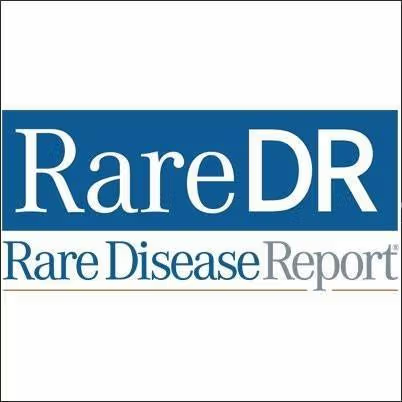Article
Adjusting Antiepileptic Drug Doses Throughout Pregnancy Improves Outcomes
Author(s):
Outcomes can worsen for pregnant women with epilepsy when antiepileptic drug concentrations fall below 65% of preconception amounts.

Paula E. Voinescu, MD
Lower antiepileptic drug concentrations in pregnant women can lead to worsening seizures, according to a recent study.
Researchers from Brigham and Women’s Hospital in Boston examined pregnant women with epilepsy in order to characterize the magnitude and time course of pregnancy related clearance changes for different antiepileptic drugs. The study looked at levetiracetam, oxcarbazepine, topiramate, phenytoin, and valproate. The researchers also wanted to determine if decreased antiepileptic drug concentrations led to increased seizure frequency.
The women in the study were followed throughout their pregnancy and for the first year following childbirth. The patients kept daily calendars to mark concomitant medications, any missed antiepileptic drug doses, and the number and types of seizures. Additionally, the investigators met with the patients every 1 to 3 months to assess drug concentrations.
Levetiracetam was used most often—in 18 of the study pregnancies—followed by topiramate in 10, phenytoin in 7, valproate in 5, and oxcarbazepine in 4 pregnancies, the researchers found.
“Levetiracetam, a drug frequently prescribed for women of childbearing age, reaches a peak clearance (1.71-fold baseline clearance) (P = .0001) in the first trimester and has a persistently elevated clearance for the reminder of the pregnancy,” study author Paula E. Voinescu, MD explained to MD Magazine®. “Moreover, seizure worsening was observed when blood levels fell by >35% from preconception baseline.”
Oxcarbazepine reached its peak in the second trimester (1.63-fold) and so did topiramate (1.39-fold) compared to the baseline levels, the study authors said.
“There are many physiological changes in pregnancy that alter drug metabolism, leading to significant fluctuations in the blood concentration for most of our antiepileptic medications which may influence seizure control during pregnancy,” Voinescu continued. “Yet, there continues to be some debate whether therapeutic drug monitoring in pregnancy is necessary, in part because full characterization of the time-course of pregnancy-related clearance changes is lacking for many of our antiepileptic medications.”
Other similar studies examining pregnant women and their antiepileptic drug use focused on third trimester only, and therefore could not draw conclusions on changes that occurred earlier in the pregnancies, Voinescu added. When these studies found drops of 65% of more in antiepileptic drug concentrations compared to the baseline levels, seizures in the women worsened.
In this study, investigators were able to pinpoint an increase of 1.42-2.02-fold baseline clearance. She said this information is key for clinicians who manage women on levetiracetam as they may chose to initiate their therapeutic drug monitoring as early as possible in their pregnancy. As neurologists proactively adjust antiepileptic drug doses to maintain seizure stability in these women, pregnancy outcomes can improve.
Voinescu also said having a preconception blood concentration level is “useful, as this will help the provider to determine the individualized target AED concentration range that will guide personalized dose adjustments during pregnancy.”
“Because there are insufficient data on clearance changes for many antiepileptic medications and there is substantial interindividual variability, we think the safest approach is to monitor drug levels monthly and adjust doses accordingly, as soon as the patient reports a positive pregnancy test, since clearance changes may occur early in the pregnancy,” Voinescu concluded.
The paper, “Antiepileptic drug clearances during pregnancy and clinical implications for women with epilepsy,” was published in Neurology.





